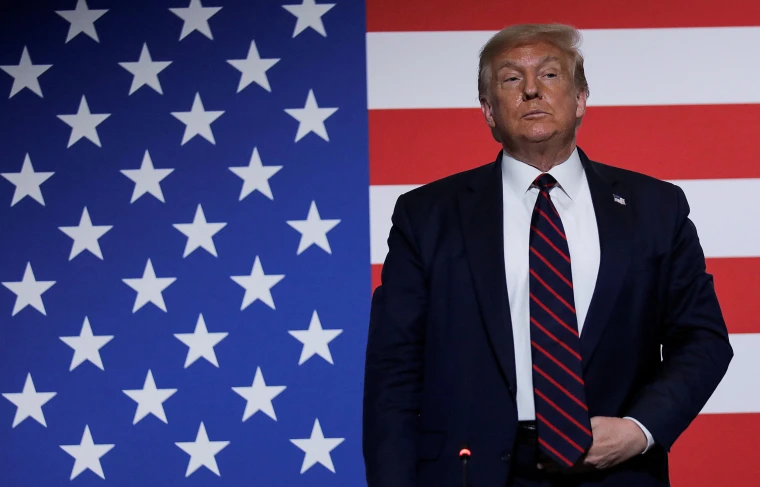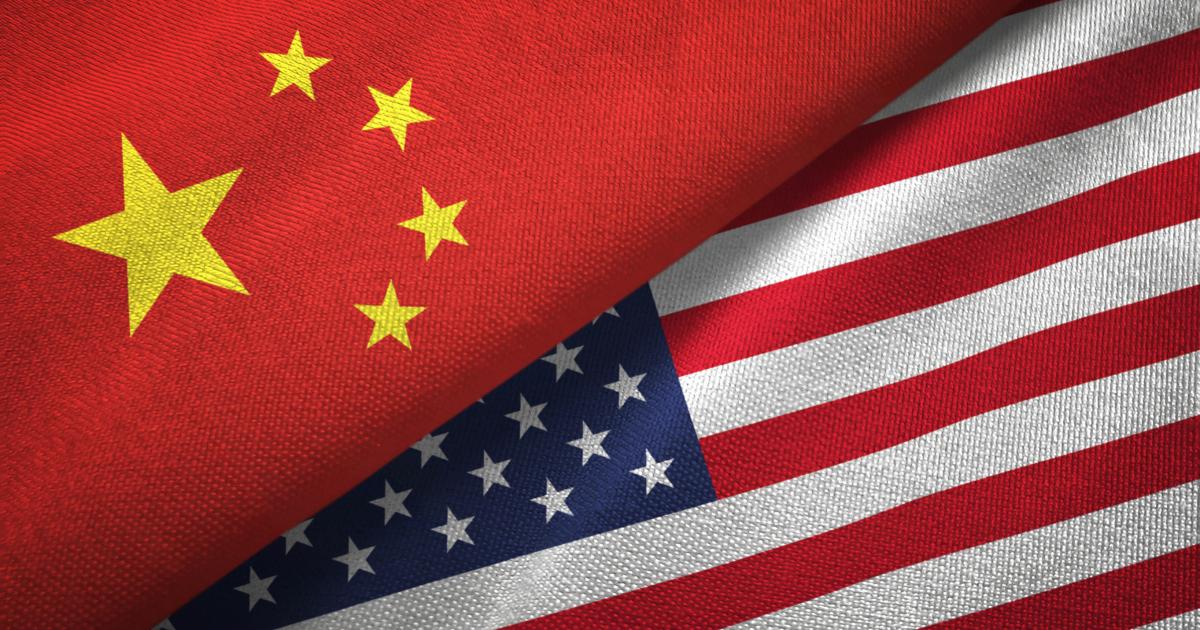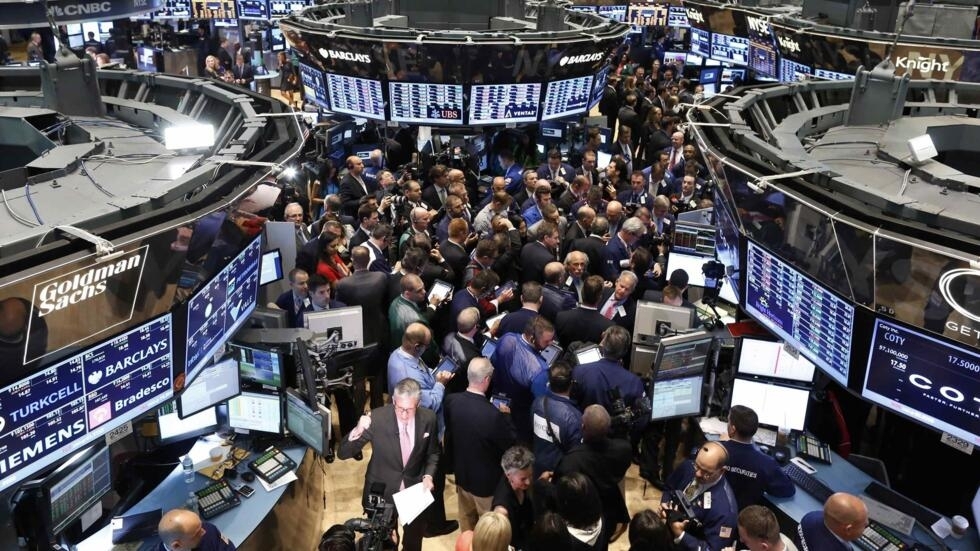热门话题
2024年美国大选分为五个阶段:各州党内初选(1月-6月)、两党候选人正式提名(7月-8月)、总统辩论(9月-10月)、选民投票(11月-12月)、新任总统就职(2025年1月)。最新的美国民调显示,共和党暂时领先民主党,特朗普支持率47%领先拜登的44%,18-30岁的选民更喜欢特朗普,并且目前七大关键摇摆州均偏向特朗普。今年美国大选特朗普胜率很高,一些特朗普概念股连续上涨,部分股票例如Digital World Acquisition Corp股价在最近一周时间已经从17涨到37美金,超过翻倍。除此之外,受到影响的美国股票还包括,能源和矿业公司:由于特朗普政府对化石燃料的支持和环保法规的放松,石油、天然气和煤炭公司可能受益。国防和军工企业:鉴于特朗普政府增加国防开支的倾向,国防承包商和军工企业可能表现良好。金融服务公司:特朗普政府放松金融监管,可能对银行和其他金融机构有利。制造业和重工业:特朗普承诺振兴美国制造业,特别是钢铁和汽车行业,可能使这些行业的公司受益。建筑和基础设施:特朗普提出的基础设施建设计划可能使相关建筑和工程公司受益。技术公司:特朗普政府对中国技术公司采取的措施可能影响与中国市场有重大业务往来的美国技术公司。医药和生物科技公司:特朗普政府对药品价格和医疗保健政策的态度可能影响这一行业,中长期看医药公司股价会受到压制。贸易敏感股票:受特朗普贸易政策影响较大的公司,特别是在美中贸易战中受影响的公司。包括一些物流公司、包装类公司股价可能会受到冲击。

若特朗普当选,对外重启惩罚性关税的概率很大。特朗普在竞选活动中表示将对墨西哥、加拿大等国采取新的惩罚性关税措施,甚至可能进一步考虑对美国所有进口商品(总计价值约3.9万亿美元)征收10%的“普遍基准关税”。同时,收紧国际援助,对内推动减税、继续建边境墙,限制新增移民。特朗普当下参与总统选举,是美国历史上一个非常传奇的事情。特朗普本人目前官司缠身,在诽谤案件中背叛赔偿8330万美金给被特朗普诬陷为骗子的受害女性。税务上依旧处于被调查的状态,但那位窃取并泄露特朗普纳税记录的男子也受到了处罚,被判五年监禁。对于这样的一位缺点非常明显总统,在意识形态出现严重分裂的美国受到了欢迎,意味着美国国内的经济政策,外交政策等方面亟需变革。美国前总统唐纳德·特朗普的任期(2017年至2021年)期间,确实产生了很多对美国居民友好的政绩,涵盖了多个方面。经济上做得贡献很多:实施了大规模的税收改革,降低了公司和个人税率。在任期初期,美国经济快速增长,失业率下降,股市上涨。推动贸易政策重构,包括重新谈判北美自由贸易协定(NAFTA),形成了美墨加协定(USMCA)。外交方面:采取强硬的对华政策,包括对中国商品征收关税,引发美中贸易战,重新确立美国全球的经济地位。促进以色列与若干阿拉伯国家之间的关系正常化(亚伯拉罕协议)。与朝鲜领导人金正恩进行历史性会晤,尽管未能实现具体的无核化协议。移民政策:实施严格的移民政策,包括建造美墨边境墙,遏制偷渡行为。废除了奥巴马时期的“追梦人”计划(DACA),虽后来被法院阻止。在环境政策上,退出了巴黎气候协议,并放宽了一些环保法规。若重新当选,可能会鼓励石油开采,将石油价格打压至更低的水平。

总的来说,特朗普竞选美国总统成功,中美可能重启贸易战。石油价格大概率会下跌,特朗普提到希望将石油价格控制在20美金以内,并无视环保主义。其次,俄乌战争可能很快结束,避险资产价格回落。最重要的是,特朗普将中国视为最大竞争对手,并希望增加美国就业,支持美国制造,提升美国的全球影响力。特朗普据说已经在商讨对中国征收60%的关税,取消中国最惠国待遇。同时,可能会扩大到对所有产品征收关税。恒生指数和中概股在这种背景下会继续疲软,不建议大家抄底。但对于澳币可能长期利好,对于美股也有政策上的支撑。免责声明:GO Market分析师或外部发言人提供的信息基于其独立分析或个人经验。所表达的观点或交易风格仅代表其个人;并不代表 GO Markets 的观点或立场。联系方式:墨尔本 03 8658 0603悉尼 02 9188 0418中国地区(中文) 400 120 8537中国地区(英文) +248 4 671 903作者:Jacky Wang | GO Markets 亚洲投研部主管










.jpg)
.jpg)





